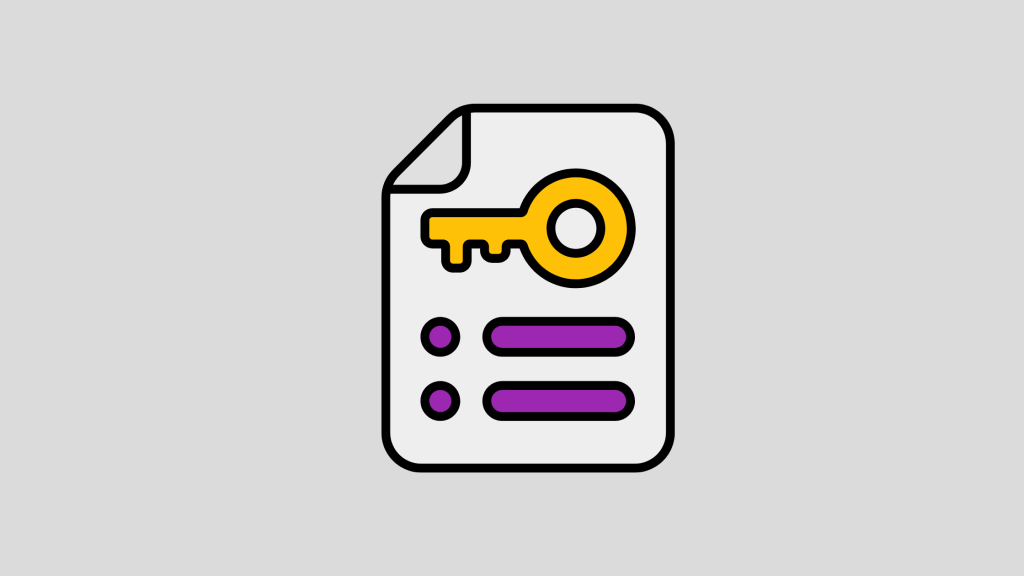Implementing Search Intent Optimization in Content
Table of Contents
In content marketing and SEO, intent is everything. While pushing different SEO strategies and writing variety of content copies it is necessary to focus on
- what your potential audience is searching and
- how these searches can match the keywords you are targeting.
In this scenario, the term search intent (sometimes referred to as user intent or keyword intent) becomes very helpful. In this blog, we will discuss about what is search intent, how it is useful for SEO and content, and crucial tips for implementation of search intent optimization in your content.
Let’s get started:
What is Search Intent?
Search intent means the purpose for which users search a query. When they hit a query on search engines, they have a specific purpose in mind behind it. And then they enter some phrases to fulfil their purpose.

Users want their queries to be answered accurately with the right information. Moreover, they have some intentions behind searching something on Google – whether they are searching some products or looking for some cooking tips.
The results users will see on SERPs will have the content that attains the right search intent matching their queries. That is the reason most SEO professionals and content marketers focus on understanding buyer’s journey to know what type of searches they make and which type of content answers their queries.
Implementing search intent optimization on landing pages, blogs, and other content pieces helps to become more visible to your audience in the search results.
Why Search Intent Optimization is Important?
There several advantages of search intent when implemented within your content strategy. From enhancing the visibility in SERPs to gaining more organic clicks, let’s know the importance behind implementing search intent optimization:
1. Improved Ranking on Search Engines
If you content is well-optimized with the search intent then search engines like Google prefer it to be ranked among top search results. The main reason is search intent optimized content has higher possibilities of meeting users’ expectations.

2. Higher Chances of Engagement
Creating quality content with a focus on search intent helps to attract potential audience towards your page. It helps to cover a wider audience when utilized accurately with most searched keywords and content that leads to conclusion for them.

3. Provide a Better User Experience
A content optimized with search intent always has the power to attract potential audience. And when the content has relevant information as expected by the users then it turns out to be a great user experience for them.

Search intent optimization is a great step towards boosting your SEO efforts, making your content more reachable on Google. So, make sure you follow much-needed steps to curate your pages and blogs with search-oriented keywords.
Different Types of Search Intent
Before we begin with optimizing the content forms with search intent, let’s get to know different types of search intent:
1. Informational intent
When the content is optimized to educate the potential audience then it is optimized with informational intent. Among all the searches made on Google, informational queries are the most common, and hence marketers promote blogs in more quantity.
Information searches include queries that have phrases like:
- How to
- Tips to
- Why
- What is
- Best ways
Content focused on informational intent mostly include long-form copies, listicles, pillar blogs, eBooks, and other related forms.
2. Navigational intent
A query has navigational intent when the goal of the search is to find a page from a specific source.These are searches conducted by users who already have a particular company or product in mind, but need help getting to a specific page.
Sample keywords used in navigational queries are:
- business/product name
- locations near me
- direction to
By using relevant keywords, searchers ensure that they get the most accurate and useful results for their query.
3. Transactional Intent
Transactional intent is focused on helping users looking to buy some products or services on search engines. These searches generally include a specified phrase or a keyword, for instance a category or even a price range so that users can get accurate results in SERPs.
Transactional intent also provides information to the users in terms of comparison of products and reviews. For instance, blogs on comparison of services or listicles based on a product category helps to gain user attention.
You just need to implement transactional intent in your content strategy with the right keywords that can help search engines show your page in SERPs.
4. Commercial Intent
Commercial intent is referred to searches based on elaborative data that users actually look before buying a product a service. This intent helps search engine to showcase information about the company or online business providing the services or products that users are looking for.
For instance, a user looking to buy a product from a company but need more information about it before buying the product. Then search engines can show the company’s data in knowledge panel or any other rich snippet to provide a better user experience.
Tips to Optimize Content for Search Intent
If you keep in mind these four search intents when planning and developing your content, you’ll be able to offer information that’s helpful for your readers when they need it—and that also means you’re more likely to see an SEO boost.
1. List Potential Keyword Searches and Queries
Finding the relevant keywords and most search queries can help you figure out what topics you need to cover in your content strategy. The set of keywords may vary according to the search intent, so be specific to include them in each category.

Marking out relevant keyword to be included in your content while fulfilling the search intent can help you get great outcomes. You will be able to create lists of topics that can actually answer queries of users with the right intent.
Just make sure to place the keywords meaningfully in the content so that its relevancy and quality remains effective.
2. Find Content Gaps by Comparing Competition
Your competitors might be hitting the right targets by utilizing search intent in their content. They might be getting results that you want from your content strategies. So, it is crucial to do a competitive analysis and find certain ways to optimize their techniques and utilize them.

Before you create content for SEO, find out the gaps that you can fulfil with your ideas and then optimize your pages with search intent more accurately. Doing so will give a sense of progress from your content strategy – increased engagement with more organic clicks.
3. Crafting Content Plan as per Search Intent
Once you understand how competitors are playing with the right search intent and having a right set of keywords, you can start content planning. It should include the type of content formats, schedule to push the content, and sources to be utilized for creating content.

Segmenting content format for each type of search intent will help you target a wider audience for boosted SEO outcomes. For instance, topics related to how-to blogs and guides can fulfil the informational search intent while listicles and comparison guides can help to match transactional search intent.
4. Topic Clustering to Widen Search Intent Optimization
Topic clustering or content clustering is a great way to organize your content for the users looking to adapt the information in a convenient way. When you optimize pillar content according to search intent, you make way for the users navigating web pages within your domain.

Moreover, content clustering can also bring search engines like Google to visit your page multiple times as they see your website as a structured architecture of information.
5. Optimize for User’s Buying Funnel
Search intent optimized content helps users to make informed decisions while buying something or gaining data about a certain topic. When users search something even for getting the right information then they find those pages suitable and relevant that has structured data that drives their engagement and interest.

And hence, curating content according to buyer’s funnel with search intention optimization can lead to higher conversions and lead magnets as well. Make sure you provide answers to their queries, making your content worth readable.
Best ways to map search queries to your answers are:
- Analyze the variation in terms users hit to search something
- Prefer target audience’s demographics
- Talk about advantages, values and benefits more
- Think of the problems that your content will solve
Tracking the queries of users help to map your answers to the searches and implement search intent in content more easily.
Leverage SEO Strategies from eSearch Logix for Best Search Intent Optimization
Optimizing your content with the right search intent can deliver the expected outcomes and strategically boost SEO efforts. This technique is crucial to help people get better results and significantly increase visibility of the web pages.
This guide has everything you need to know about search intent optimization – from understanding its significance to crafting the content strategy according to different types. However, if you feel outdated with the current SEO strategies you’re implementing, then eSearch Logix is the right place for you.
We believe in the power of strategic SEO to transform your online presence. We don’t just optimize for search engines; we optimize for your target audience and their specific needs. Let’s work together to unlock the full potential of your online presence and create a seamless customer experience that starts with a simple search.







